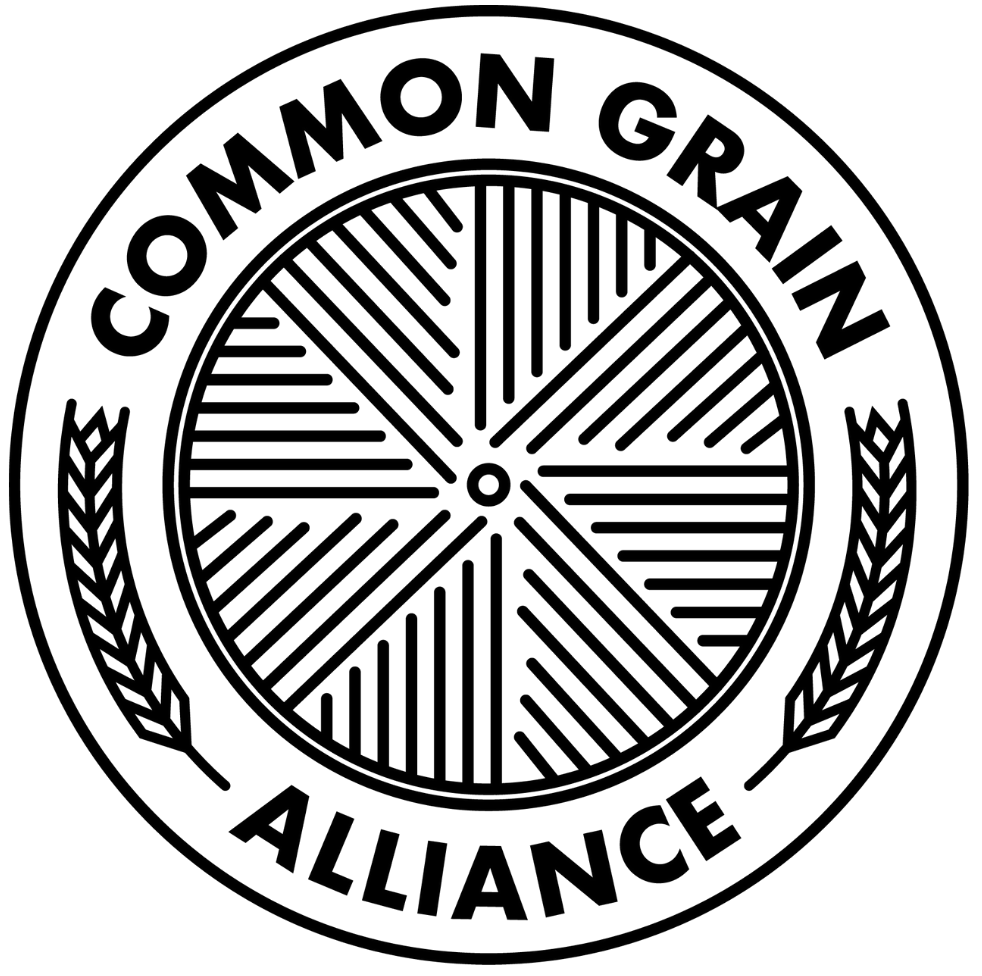Can Small Farmers Really Grow Grain?
Most grain is currently grown and processed at a large scale, mainly because of agro-industrial consolidation following World War II, but also because commodity grain prices are so low that farmers need huge economies of scale to make money and federal subsidies help reinforce the dominance of large farms. But with a little resourcefulness, it is possible to grow grain at the garden-scale (<1 acre), small scale (1-10 acres), or mid-scale (11-100 acres).
Like large-scale grain growing, garden-scale makes economic sense because the grower is probably not trying to sell the grain, and there is little capital investment since most of the work can be done with existing hand tools. But at the small- and mid-scales, the economics are trickier but possible. If you have the right equipment and markets, it can work.
A farmer growing at the small scale will likely be using older equipment that requires mechanical know-how (although this company makes new equipment) and will need to get high prices for the grain. One way to do this is to package and sell the grain at retail prices, but that requires additional costs and risks including packing labor and materials, a farmers market stand or on-farm store, and you assume the full risk of not selling your grain. Another way is to focus on raising seed grain (but there are specific rules you need to follow). This comes with less risk, but usually only part of the crop is high enough quality to be sold for seed, and the farmer needs to have the appropriate cleaners to sort the grain by size and/or density and remove weed seeds. Before investing in this equipment, ask your neighbors or email CGA to see if someone in your area can clean it for you.
At the mid-scale, farmers will likely need a small combine and some simple equipment for moving grain around, drying it, and storing it. Farmers at this scale will have enough volume to sell to processors that do their own cleaning, which is much lower risk but requires proximity to make sense. Having access to your own cleaning equipment, custom cleaning services, or a neighbor’s cleaning equipment gives you more options; most processors that still pay good prices (like miller-bakers and malters) can’t clean grain.
And at both the small- and mid-scale, it works best if the grain is part of a larger farm system. For example, a pastured meat farm could add food grain to their pasture rotation (especially if they already grow feed) and have a customer base for their on-farm store. Similarly, a vegetable farm could let a cover crop mature every few years, hire someone to harvest it, and sell the grain through their existing market channels.
So yes, it takes resourcefulness and creativity, but growing grain on less than 100 acres is possible.
This material is based upon work that is supported by the National Institute of Food and Agriculture, U.S. Department of Agriculture, under award number 2019-38640-29878 through the Southern Sustainable Agriculture Research and Education program under subaward number LS20-327. USDA is an equal opportunity employer and service provider. Any opinions, findings, conclusions, or recommendations expressed in this publication are those of the author(s) and do not necessarily reflect the view of the U.S. Department of Agriculture.



